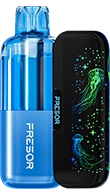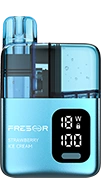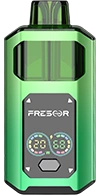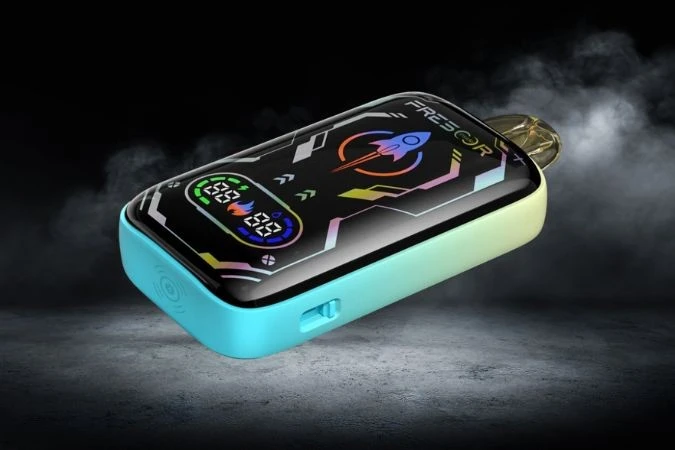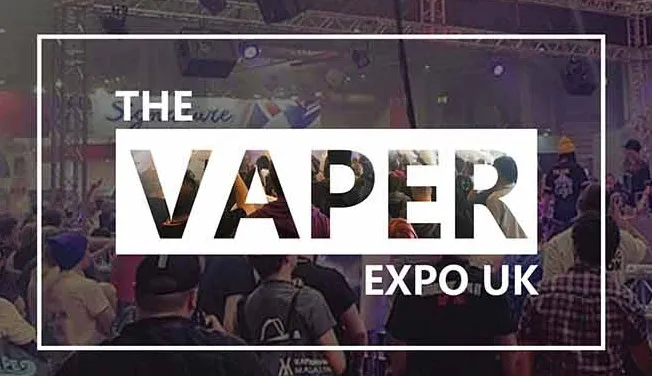8 Noteworthy News Stories Impacting the Vaping Scene in Germany

13 September 2023
Introduction
The vaping landscape in Germany is dynamic and ever-evolving, influenced by a myriad of factors, including regulations, consumer preferences, and industry innovations. In this comprehensive overview, we dive into eight noteworthy news stories that are shaping the vaping scene in Germany. From the intricacies of German vape regulations to the latest market trends, health research, and the future of vaping in the country, these stories provide valuable insights into this thriving industry.
Story 1. German Vape Regulations
Germany has long been regarded as a country with meticulous attention to detail and stringent regulatory standards. This commitment to consumer safety and product quality extends to the vaping industry.
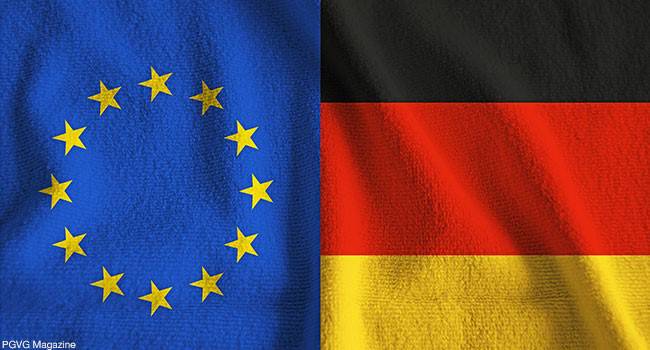
One of the central elements of German vape regulations is adherence to the European Union's Tobacco Products Directive (TPD). This directive outlines specific requirements for the composition, labeling, and packaging of vaping products. Manufacturers and importers must rigorously test e-liquids and devices to ensure their safety and compliance with set limits. Packaging and labeling must include clear warnings and information about ingredients and usage instructions, all in compliance with the German language requirements.
Moreover, Germany has introduced its own set of regulations, including restrictions on advertising and marketing. For example, there are strict limitations on advertising vape products in a manner that could appeal to minors. This includes avoiding colorful and cartoonish designs or advertising in channels predominantly accessed by young audiences.
The German government places a strong emphasis on youth vaping prevention. Age verification measures, both online and in physical stores, are enforced to ensure that vaping products are not sold to minors. Additionally, there have been discussions around flavor bans and restrictions, echoing similar debates in other countries.
Story 2. Market Trends and Preferences
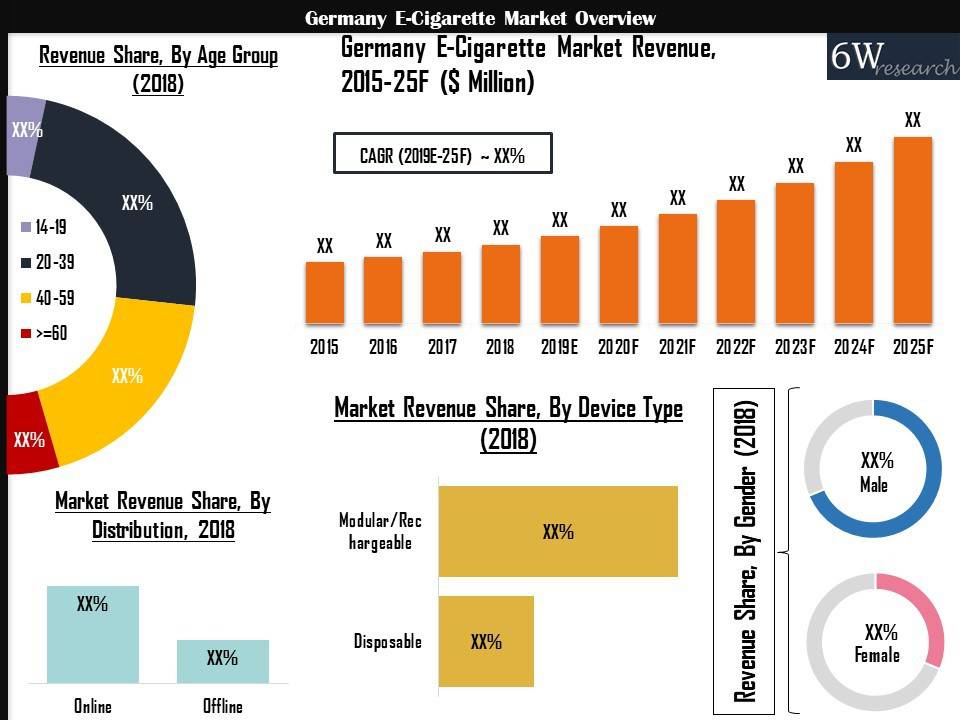
The German vaping market is a dynamic and diverse landscape. German consumers have shown a growing preference for vape products as an alternative to traditional tobacco, driven by factors such as health consciousness, a desire to quit smoking, and the availability of a wide range of appealing vape flavors.
One prominent trend in the German vaping market is the popularity of pod systems. These compact and user-friendly devices have gained traction among both novice and experienced vapers due to their simplicity and convenience.
Flavor preferences in Germany vary widely, with vapers enjoying a plethora of choices. Traditional tobacco and menthol flavors remain popular, but fruit, dessert, and beverage-inspired e-liquids have gained a significant following. This diversity reflects the evolving tastes of German vapers and the industry's ability to meet their demands.
Story 3: Local Industry Innovations
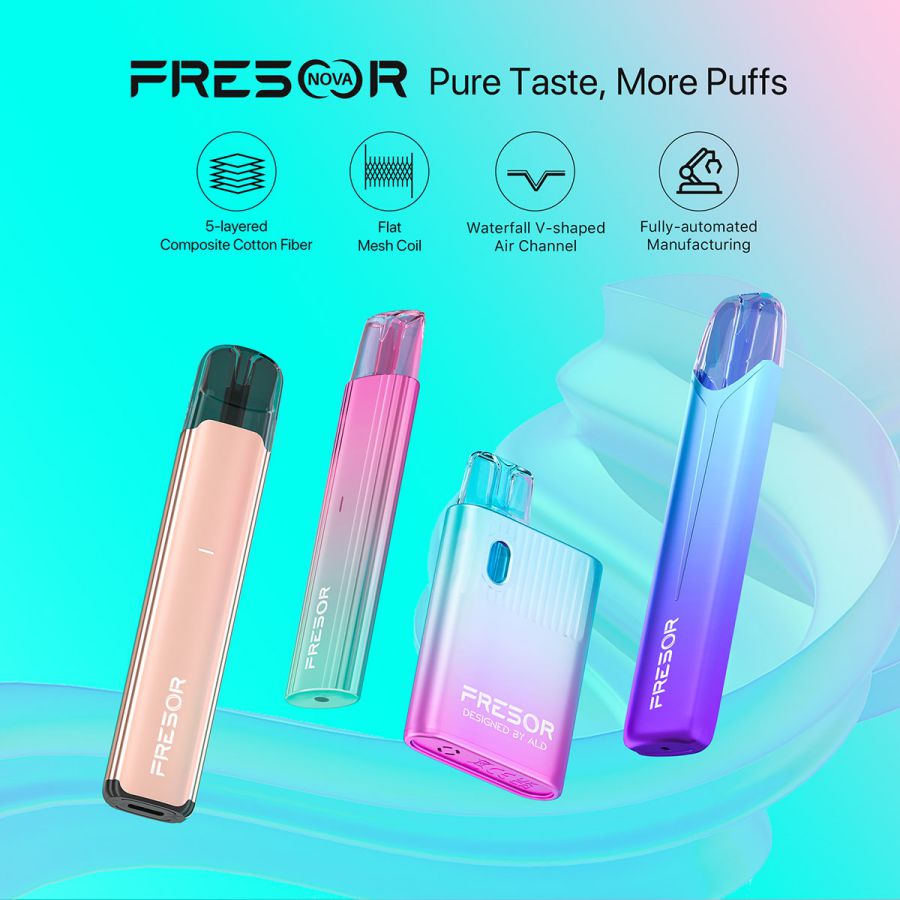
Germany has a reputation for precision engineering and innovation, and this extends to the vaping industry. Local manufacturers and artisans are making their mark by introducing innovative products and e-liquid formulations.
One notable innovation is the development of high-quality, German-engineered vape devices. These devices are known for their exceptional build quality, cutting-edge technology, and compliance with rigorous safety standards. German-made vaping products are sought after not only within the country but also in international markets.
In addition to hardware innovations, Germany has seen significant advancements in e-liquid formulations. German vape companies are known for their commitment to product quality and safety. They often invest in research and development to create e-liquids that meet the highest standards. This includes using pharmaceutical-grade ingredients and adhering to strict manufacturing processes.
Furthermore, Germany's vaping industry has embraced sustainability as a core principle. Some manufacturers are exploring eco-friendly packaging options, reducing waste, and emphasizing product recyclability. These initiatives align with the country's broader commitment to environmental responsibility.
These local industry innovations are not only contributing to the growth of the German vaping market but are also setting high standards for quality and sustainability in the global vaping industry.
Story 4: Health and Research

Germany has a robust tradition of scientific research, and this extends to studies related to vaping and its potential health impacts. Ongoing research in Germany is contributing to the global understanding of vaping's role in harm reduction and smoking cessation.
One area of interest is the long-term health effects of vaping. German researchers are conducting longitudinal studies to monitor the health outcomes of vapers over extended periods. These studies aim to provide valuable insights into the safety of vaping as a smoking alternative.
Additionally, German health authorities are actively involved in assessing the safety of vaping products available in the market. This includes evaluating e-liquid ingredients, device safety, and manufacturing standards. The goal is to ensure that consumers have access to safe and high-quality vaping products.
Furthermore, Germany is part of international collaborations aimed at addressing public health concerns related to vaping. Researchers and experts from Germany participate in discussions and initiatives that contribute to evidence-based policymaking at both the national and international levels.
Story 5: Advocacy and Regulations
Vaping advocacy in Germany is characterized by the active involvement of consumer groups, industry associations, and vapers themselves. The primary focus of advocacy efforts is to ensure that regulations strike a fair balance between protecting youth and supporting adult smokers who wish to transition to vaping.
Advocacy organizations in Germany work tirelessly to engage with policymakers, provide evidence-based information, and advocate for vaping as a harm reduction tool. They emphasize the importance of access to accurate information for both consumers and policymakers to make informed decisions.
Regulatory changes are closely monitored and, when necessary, challenged through legal avenues. Advocates have successfully influenced regulations in some cases, ensuring that they are fair, evidence-based, and prioritize adult smokers' access to vaping products.
However, advocacy efforts also extend to public education and outreach. Many advocacy organizations in Germany are involved in campaigns aimed at raising awareness about the relative safety of vaping compared to traditional smoking. These efforts are crucial in combatting misinformation and fostering a nuanced understanding of vaping's role in harm reduction.
Story 6: Retail and Distribution
The retail landscape for vaping products in Germany is marked by both physical vape shops and a thriving online market. Vapers in Germany have access to a wide range of products, including devices, e-liquids, and accessories, through various channels.
Physical vape shops play a vital role in providing personalized assistance to vapers. These shops often employ knowledgeable staff who can help customers select the right products based on their preferences and needs. Additionally, they offer a tactile experience where customers can sample e-liquid flavors and test devices.
The online vaping market in Germany has also seen significant growth, driven by convenience and a diverse product range. Online retailers provide consumers with a vast selection of devices and e-liquids from both domestic and international manufacturers. Moreover, they often offer competitive pricing and discounts, making vaping accessible to a broad audience.
In response to regulatory changes, retailers in Germany have implemented stringent age verification measures to prevent the sale of vaping products to minors. This commitment to responsible retailing aligns with the government's youth vaping prevention initiatives.
The German vaping market is characterized by its adaptability and resilience in the face of evolving regulations. Retailers and distributors have demonstrated a willingness to comply with regulations while continuing to serve the needs of adult vapers.
Story 7: Business Impact of Regulations
The vaping industry in Germany has not been immune to the challenges posed by regulatory changes. The introduction of regulations has had a significant impact on manufacturers, distributors, and retailers.
Compliance with stringent product standards and testing requirements has led to increased production costs. Manufacturers have had to invest in research and development to meet safety and quality standards, and this can translate into higher prices for consumers. However, this emphasis on product quality has also positioned Germany as a leader in producing safe and reliable vaping devices and e-liquids.
Additionally, advertising and marketing restrictions have compelled businesses to find creative and compliant ways to reach consumers. The industry has witnessed a shift towards more informative and educational marketing strategies, focusing on the harm reduction potential of vaping.
Retailers have adapted to regulatory changes by implementing age verification processes, thereby ensuring that vaping products are not sold to minors. These changes have contributed to the responsible retailing landscape in Germany.
Despite the challenges, many businesses have persevered and continued to thrive in the German vaping market. The commitment to quality, innovation, and responsible practices has allowed them to weather regulatory storms and maintain their position in a competitive market.
Story 8: Future of German Vaping
The future of vaping in Germany holds both challenges and opportunities. As in other countries, the vaping industry in Germany is expected to continue evolving in response to changing regulations, consumer preferences, and technological advancements.
One potential area of development is the introduction of new and innovative vaping technologies. German manufacturers are likely to continue pushing the boundaries of design and functionality, offering vapers an even wider range of devices and features.
Moreover, Germany may play a pivotal role in shaping European vaping regulations. As a leading economy within the European Union, its stance on vaping could influence regional policies. Advocacy efforts will remain crucial in ensuring that regulations are fair, based on evidence, and prioritize the needs of adult smokers.
The future also holds opportunities for increased collaboration between the vaping industry and public health authorities. Constructive dialogue and cooperation could lead to evidence-based regulations that support harm reduction while addressing legitimate concerns about youth access and product safety.
Conclusion
As Germany looks ahead to the future of vaping, the industry is poised for further innovation and collaboration. Challenges will be met with resilience, and opportunities will be seized with determination. The German vaping landscape, with its commitment to consumer well-being, will continue to shape the global vaping industry. This forward-looking approach ensures a dynamic and evolving market that responds to consumer preferences and regulatory changes while fostering innovation and improving public health outcomes. As we conclude our exploration of vaping in Germany, we anticipate an exciting future of advancements, advocacy, and responsible growth in this rapidly evolving industry.


